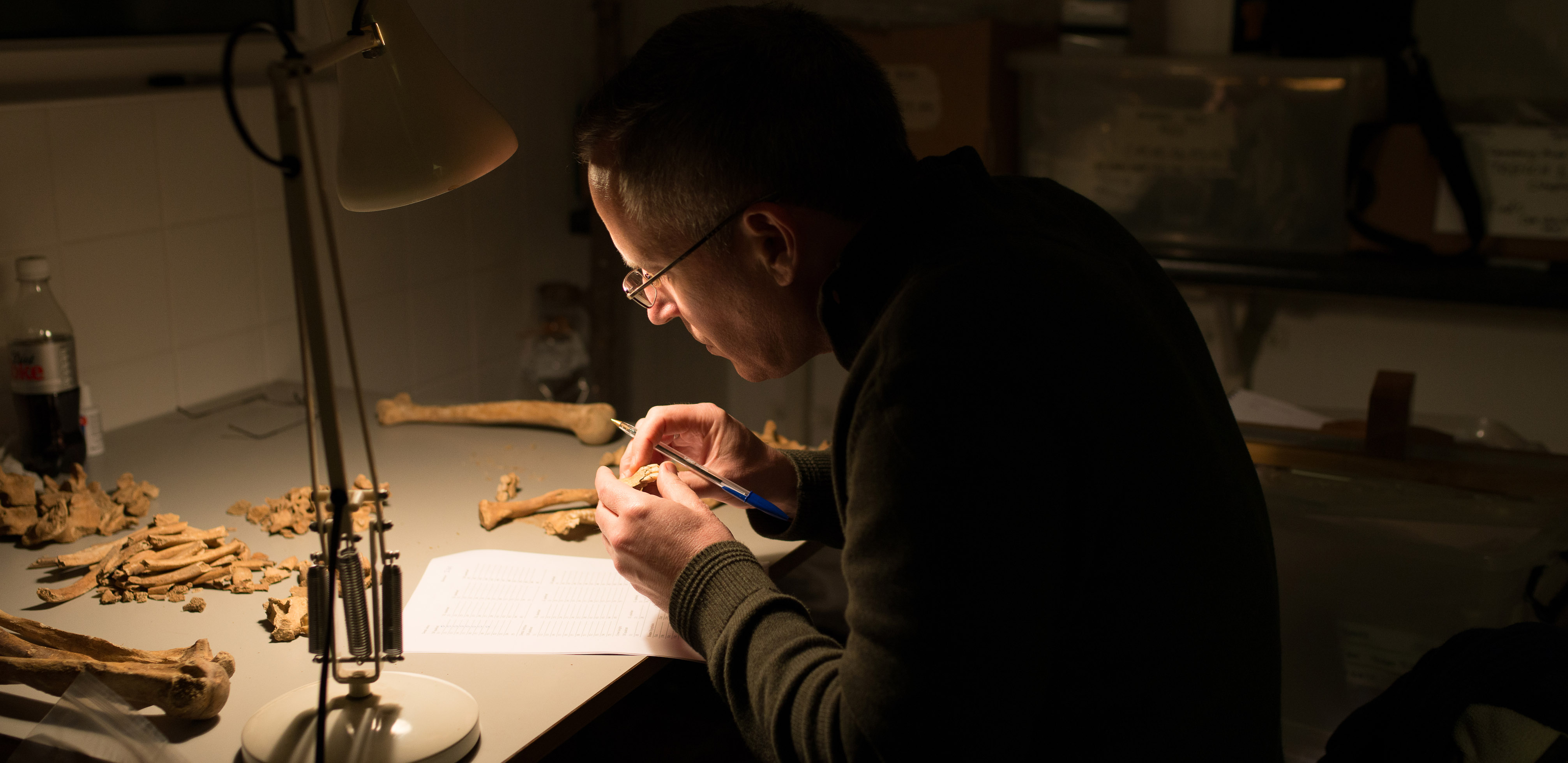Unlocking the secrets of Spike Island’s ‘public health catastrophe’

The deliberate burial of the graveyard at the prison on Cork’s Spike Island under many metres of earth in the 1860’s erased a dark chapter in the island’s history from memory, a new book by UCC lecturer Dr Barra O’Donnabhain and Cal McCarthy reveals.
With over 2300 inmates in 1850, Spike Island was by far the largest prison in the United Kingdom as it was then constituted, dwarfing all other prisons in terms of prisoner numbers and holding over 2000 men in overcrowded dormitory-style rooms was a recipe for disaster, according to Dr O'Donnabhain, co-author of Too Beautiful for Thieves and Pickpockets.
Of the 1200 convict deaths that occurred in the 36 years of the prison’s operation (1847-1883), 80% occurred in the four years from 1850-1854 and although general debility was commonly listed as a cause of death and the high death rate was blamed on the famine conditions raging outside, “the reality was that the prison was a public health catastrophe.”
Burial of graves at Spike Island ‘hid evidence’ of mass deaths https://t.co/MandLbSbIq
— The Irish Times (@IrishTimes) May 22, 2016
When the numbers in the prison were reduced after 1854, the number of deaths fell from a high of 286 in 1853 to just two in 1858. The dead from the years of high mortality were buried in a graveyard that was on the east side of Spike Island.
“This graveyard was deliberately buried under many metres of earth in the early 1860s. While ostensibly done as part of the completion of the fortifications on the island, it also conveniently erased from memory a dark chapter in the island’s history.”
The life of the prison was vibrant, populated by the unfortunate of society alongside those who committed serious, sometimes gruesome, crimes.
Locked up for years for stealing a handkerchief - Delving into Spike Island's dark past https://t.co/nRcte6VVha pic.twitter.com/fSAEVxvZz8
— IAteCork.com (@IAteCork) May 22, 2016
“Opened as a convict prison for men, in its early years the vast majority of inmates were there for stealing. The homeless were also vulnerable to imprisonment as vagrancy had been criminalised. Military barracks were converted to prison accommodation with up to 40 men crammed into rooms that had been designed to hold half that number,” Dr O'Donnabhain said.
@corkcolibrary Fascinating (and heartbreaking) to hear of the forgotten souls who died on Spike Island in the 1850s https://t.co/TuO2KmP6Hw
— Clodagh Finn (@FinnClodagh) May 23, 2016
Unlike the city and county gaols and the large English penitentiaries like Dartmoor and Pentonville, Spike Island was not a purpose-built prison. In 1847, it was a half-finished fort when the government in London decided to use it as a temporary means of coping with the perceived rise in criminality that accompanied the Great Famine.
This is the first publication to come from the work of the UCC-based Spike Island Archaeological Project directed by Dr O’Donnabhain, which will continue its efforts to establish the whereabouts of the famine era graveyard this summer.
‘A place of experiment…admired and copied internationally’
The convict prison on Spike Island was seen as “an experiment” when it was opened in 1847 and it became part of the ‘Irish System’ in the 1850’s, which was admired and copied internationally, influencing modern correctional systems in countries as far apart as the US and Germany.
“The whole concept of long-term imprisonment was being tested, as were concepts like prison labour and prison education. A lot of experimentation was done elsewhere on the effects of holding prisoners in solitary confinement. This was not possible on Spike Island where the prison accommodation consisted of an army barracks. Eleven solitary cells for punishing prisoners who broke the rules were prepared in 1847 by converting latrines into cells.”
‘A hub for convict transportation’
According to Dr O'Donnabhain, the prison had an international dimension though from its inception. Spike Island was a hub for convict transportation. “Irish convicts were transported to Gibraltar, Bermuda and Australia where they became sources of forced labour. As a sentence of transportation was the equivalent of a death sentence, the convict was not allowed to return to Ireland, even once they were freed in Australia.”
The mobility of the convicts is well-illustrated by the journeys of John Mitchel, after whom the fort is now named. Convicted of felony-treason, Mitchel spent a couple of days on Spike Island in 1848 before being taken to Bermuda. After some time there, he was moved to Cape Town where the British were attempting to start a penal colony. This plan was abandoned due to local resistance so Mitchel was moved to Tasmania from where he escaped and moved to the US.
An even greater journey was that undertaken by a 22-year-old English soldier named Langley Southerdon who had been transported to Western Australia for striking an officer. Southerdon escaped by stowing away on a ship bound for Peru. He was discovered on-board and handed over to the British authorities in Lima who sent him to Spike Island where he was held in solitary confinement in the newly-built Punishment Block. From there he was taken back to England only to be returned yet again to Western Australia.
